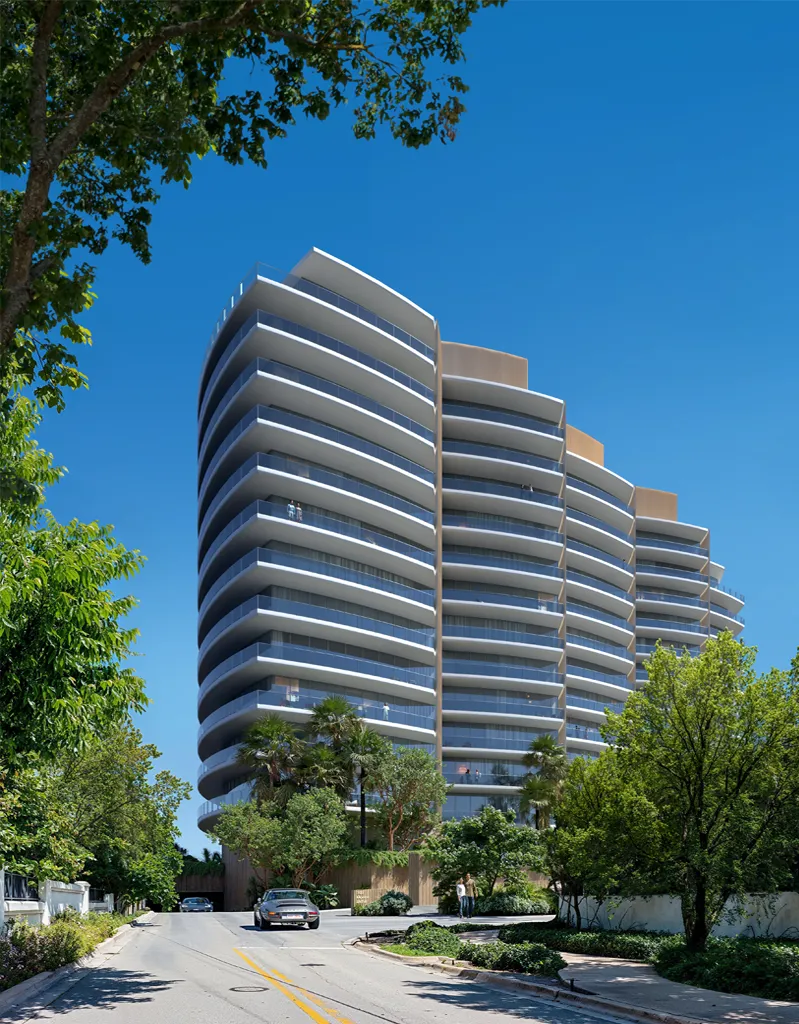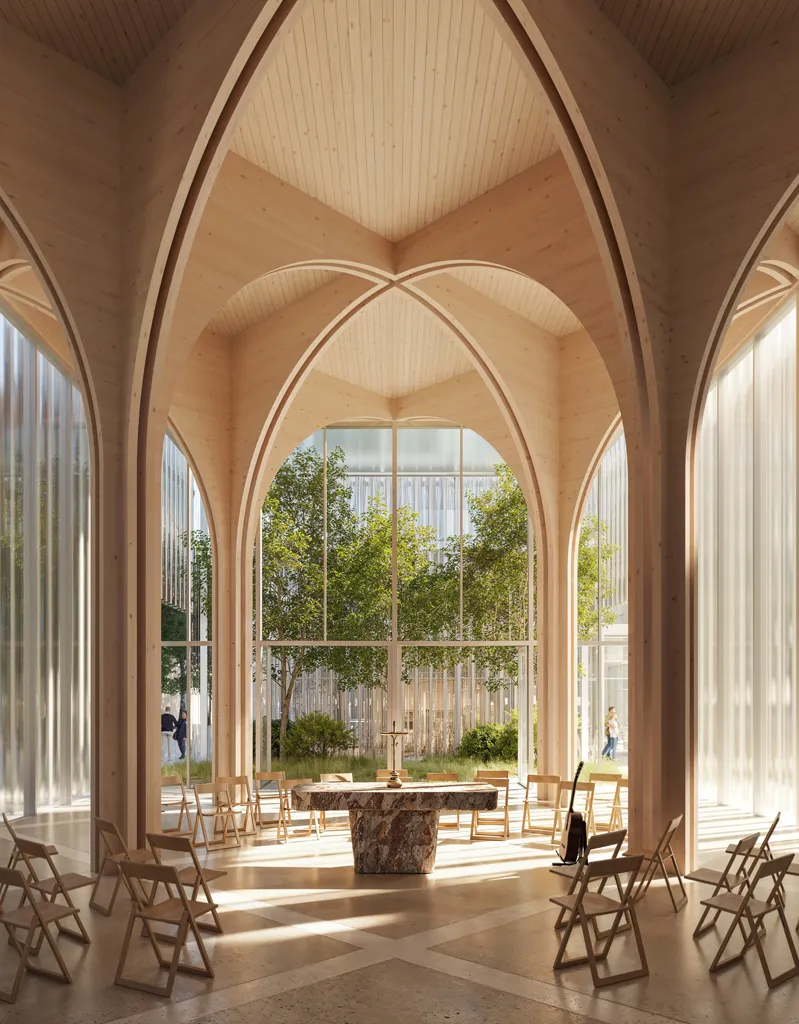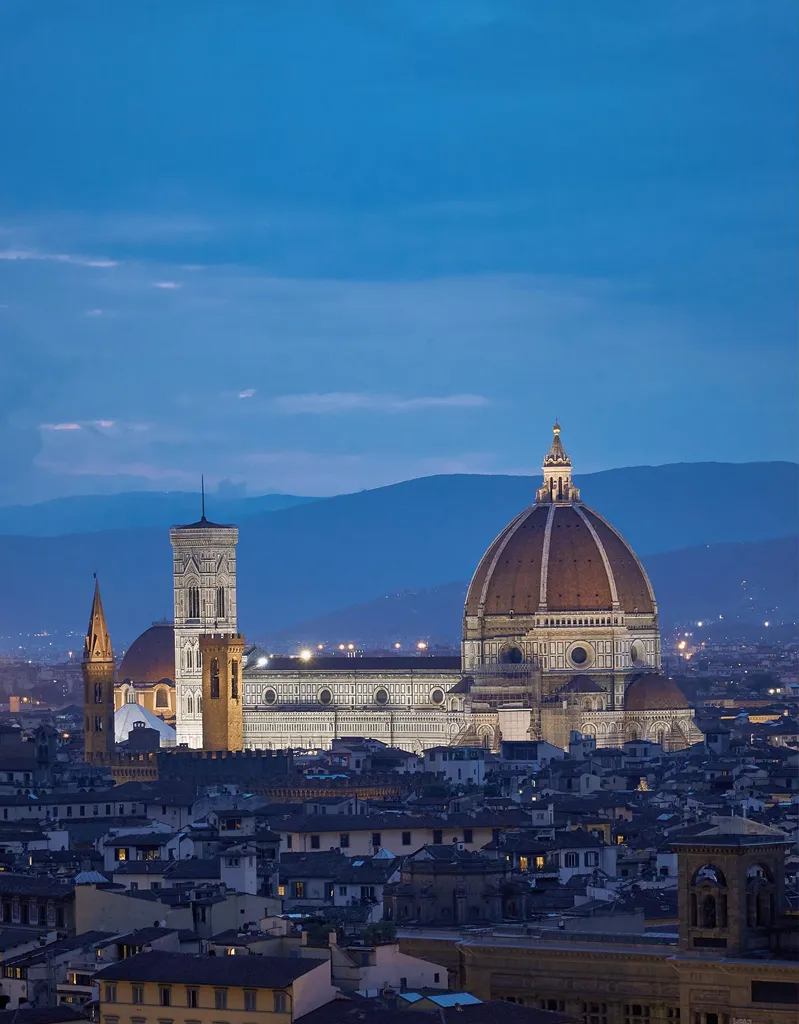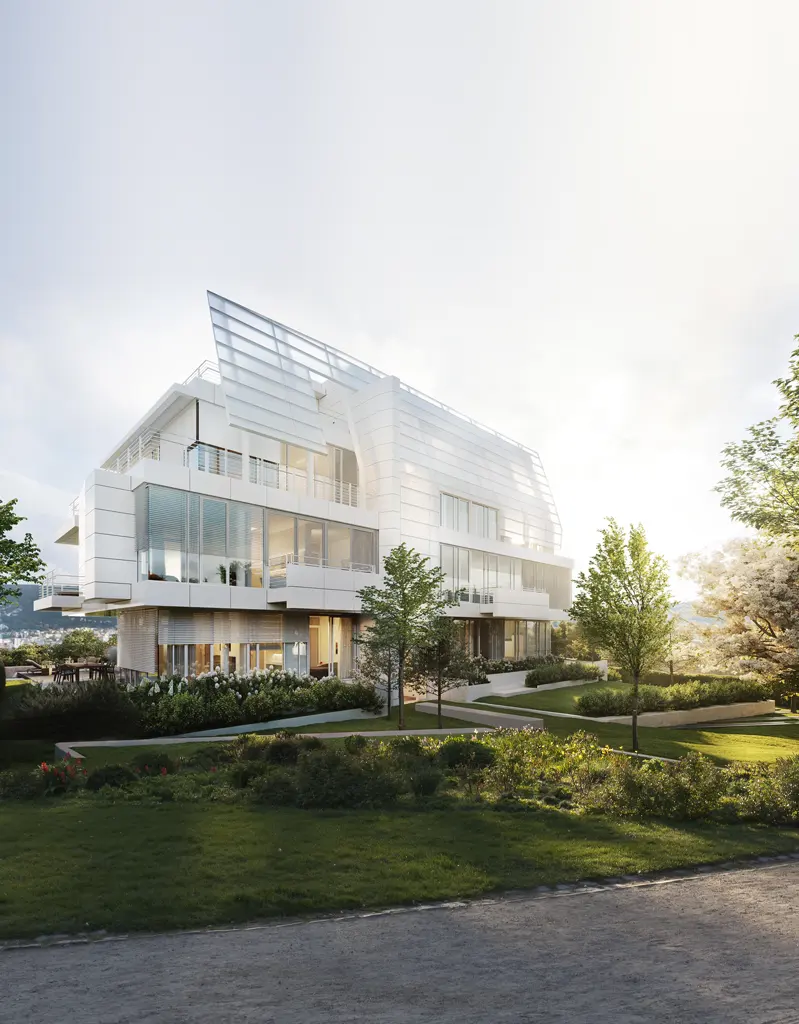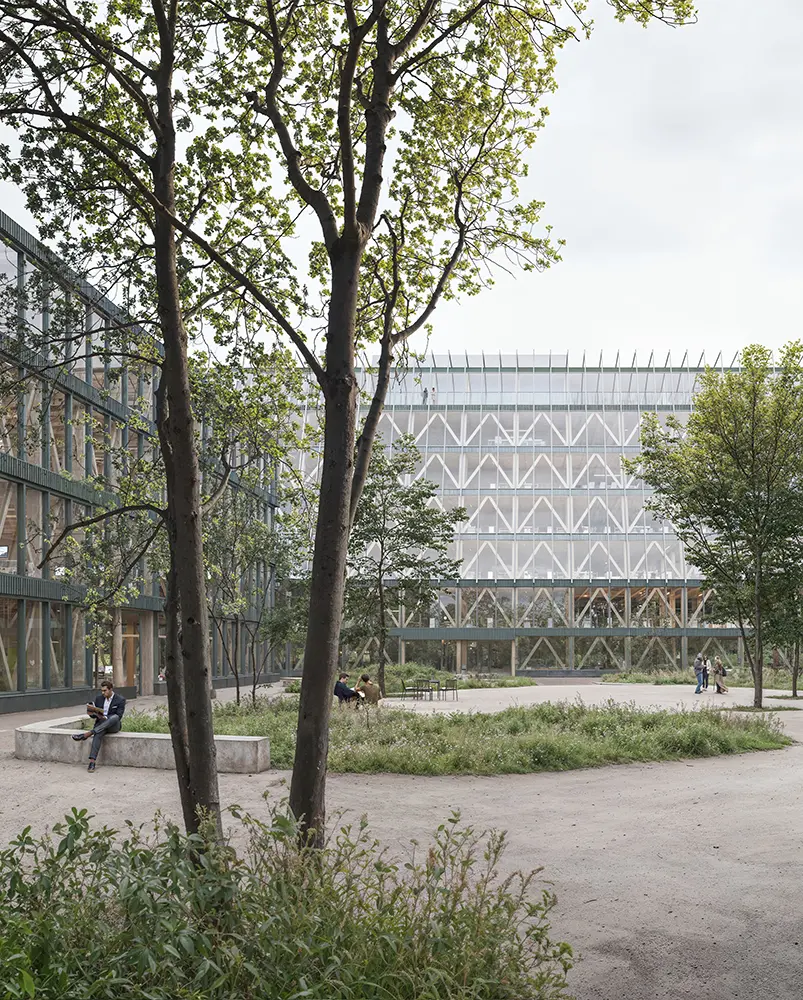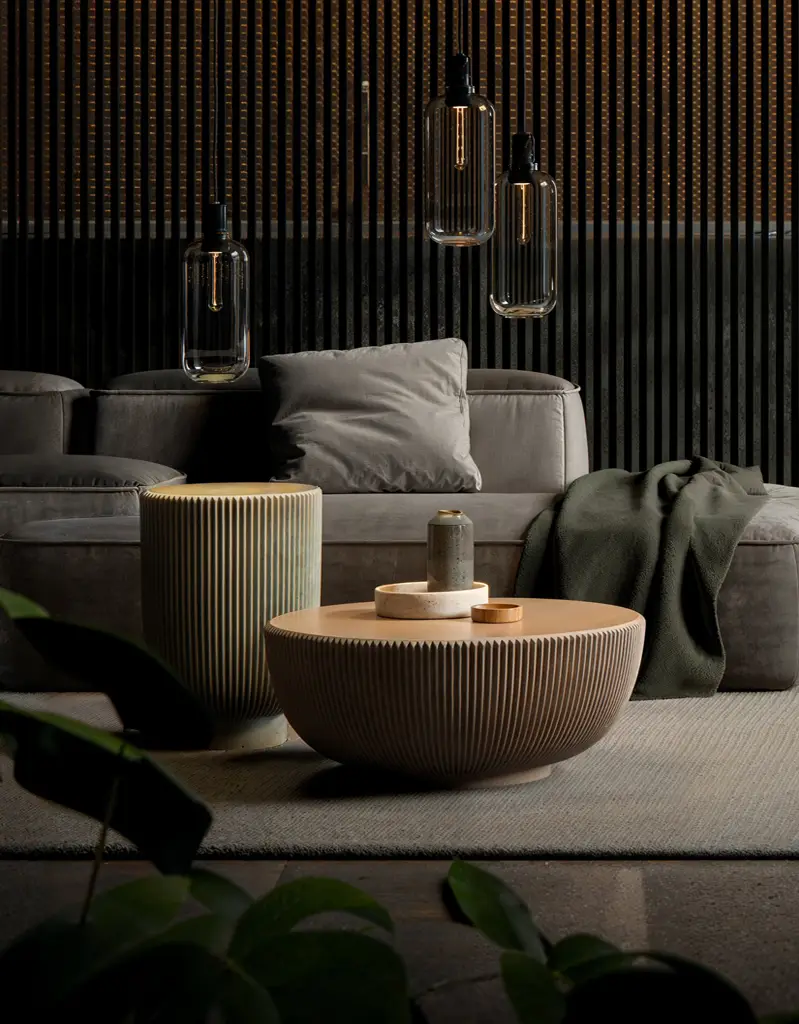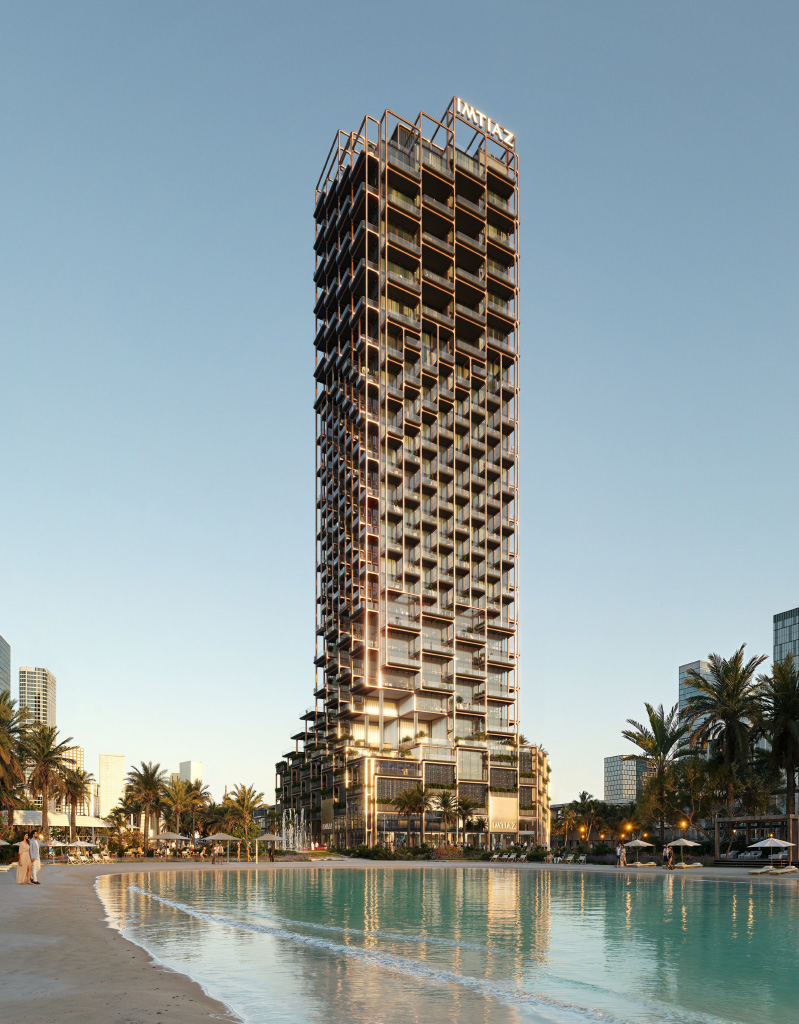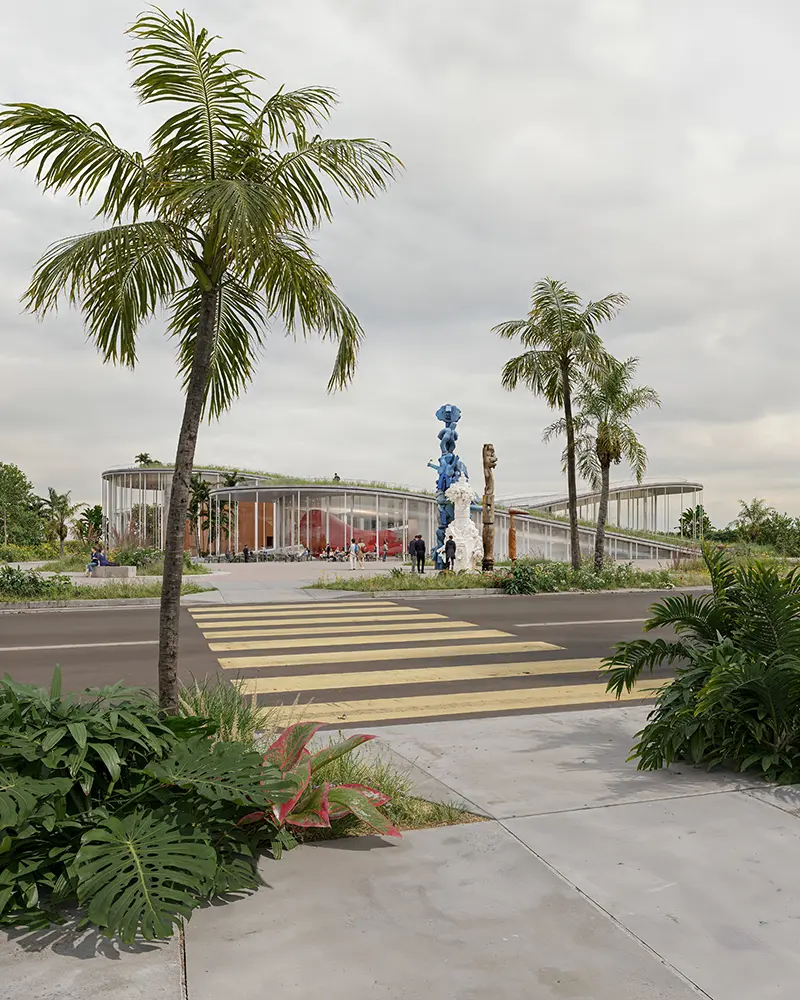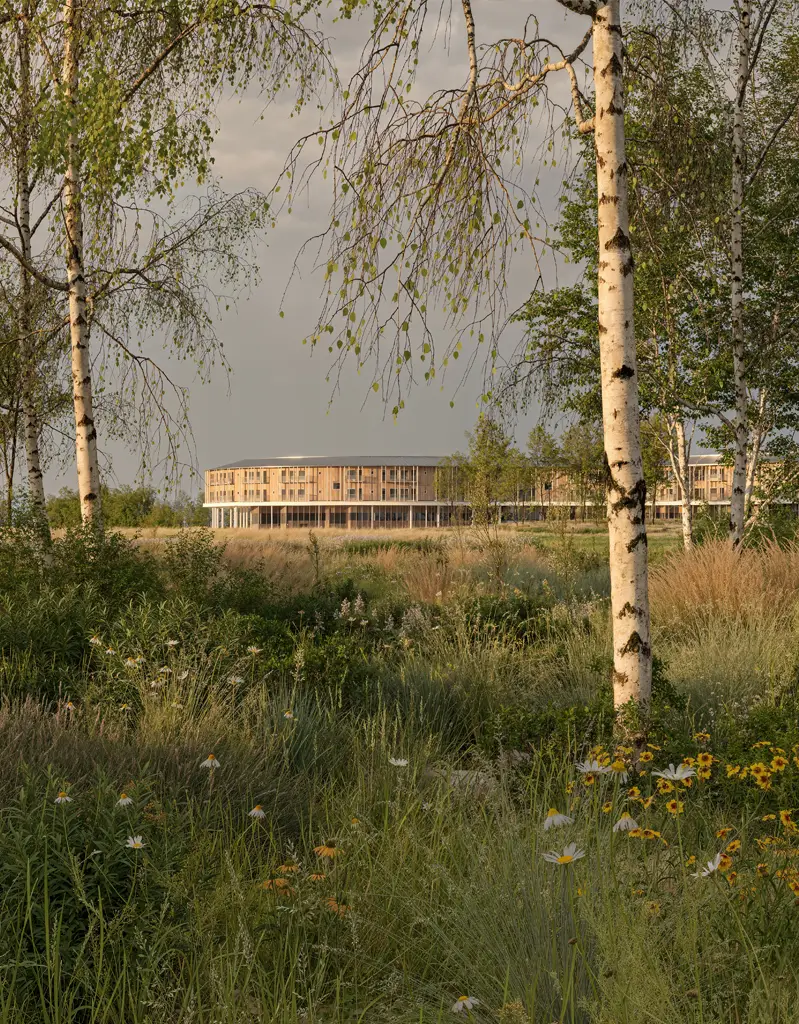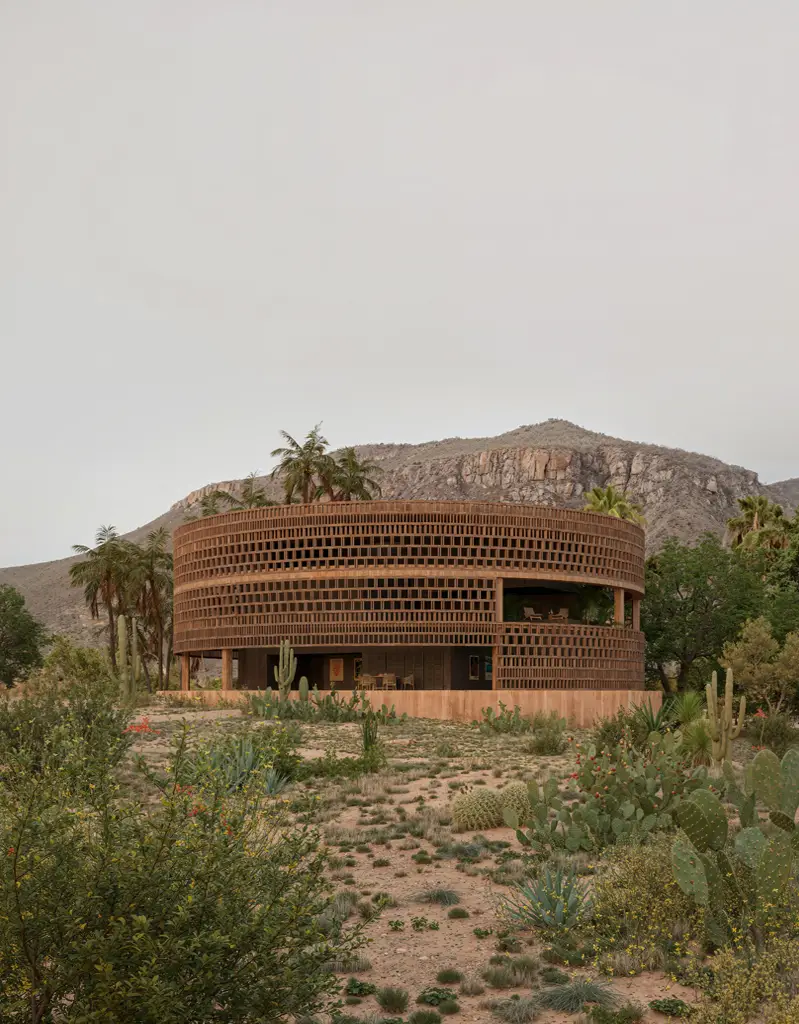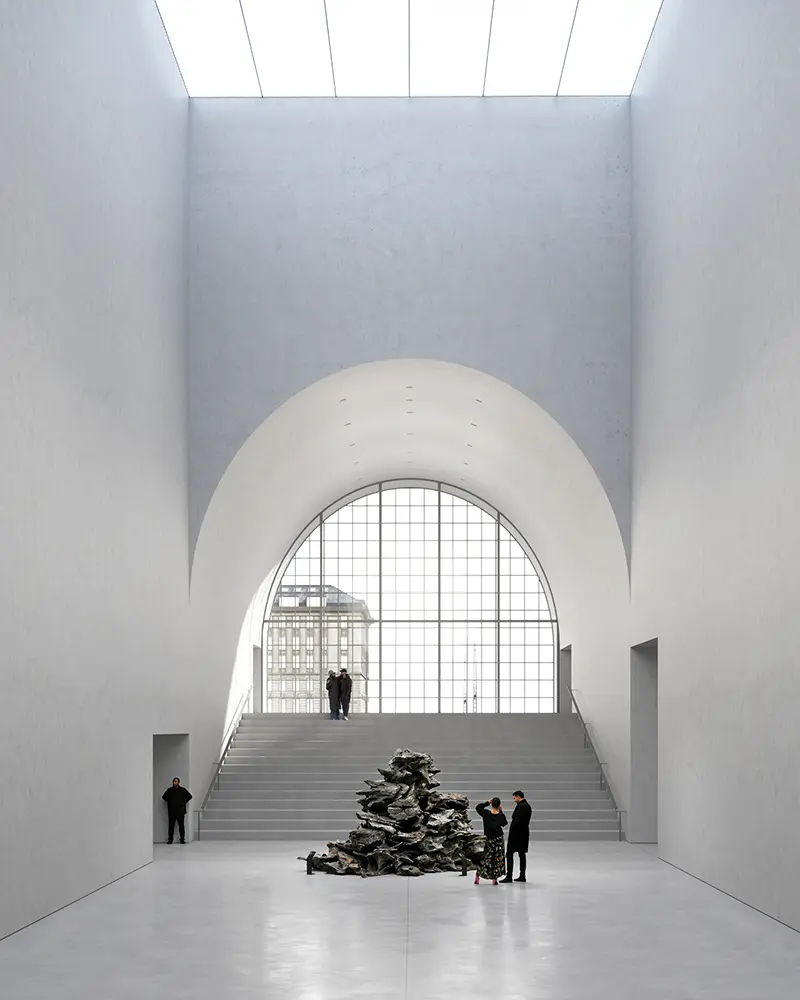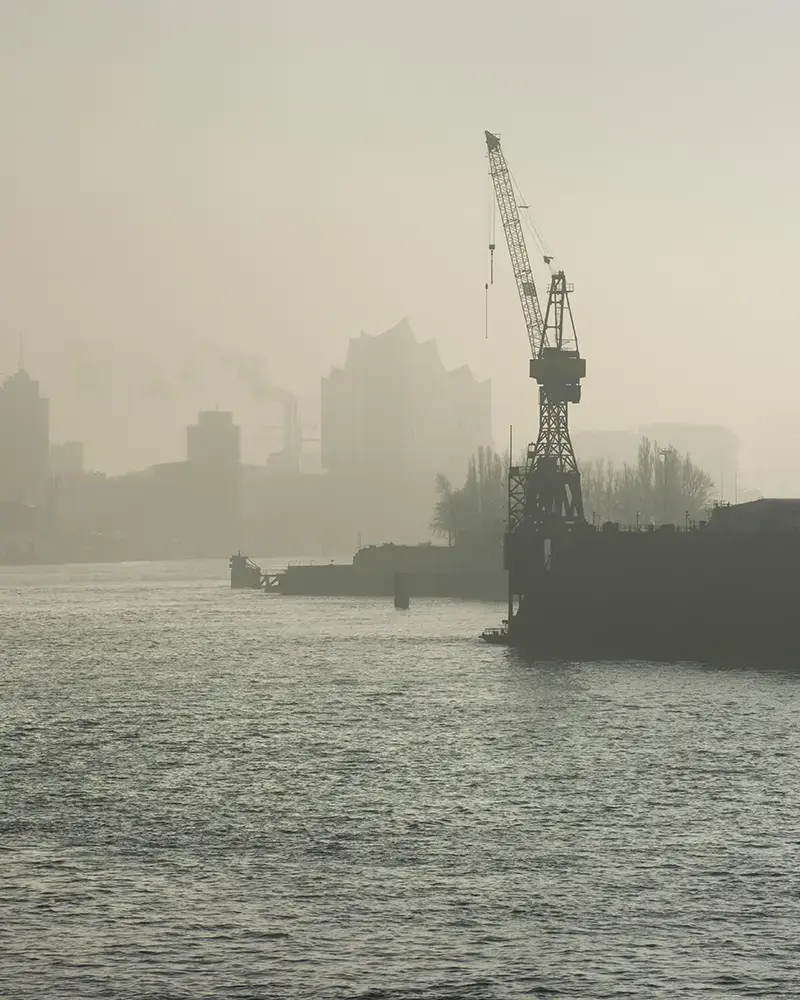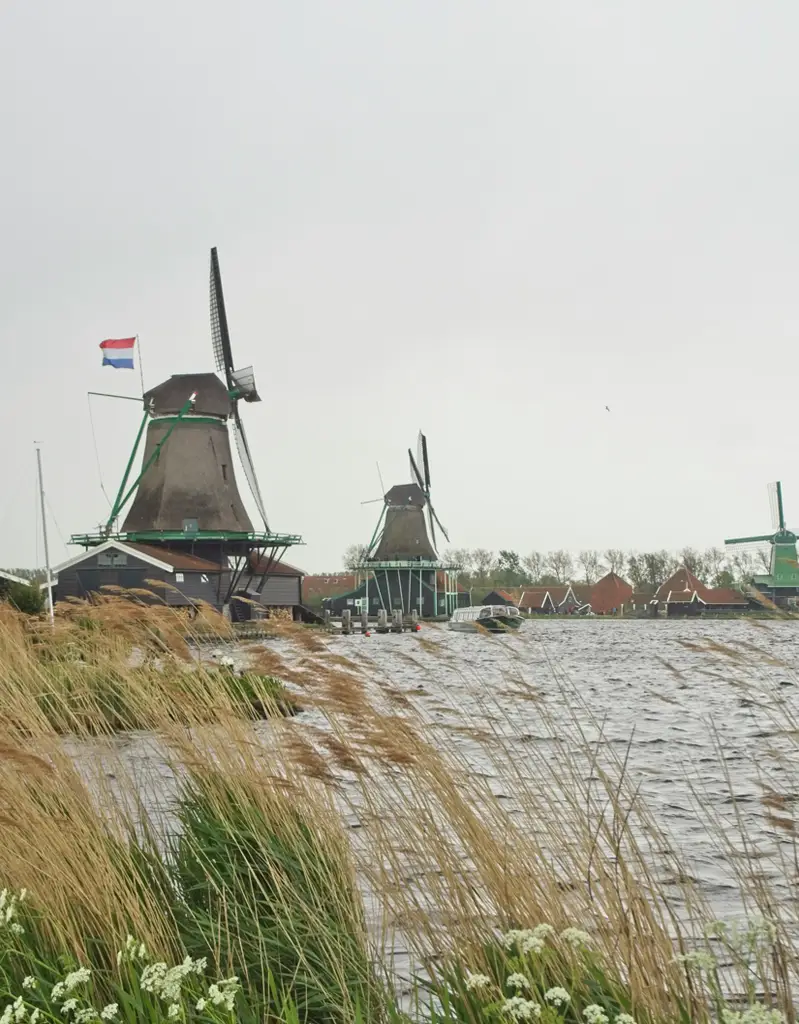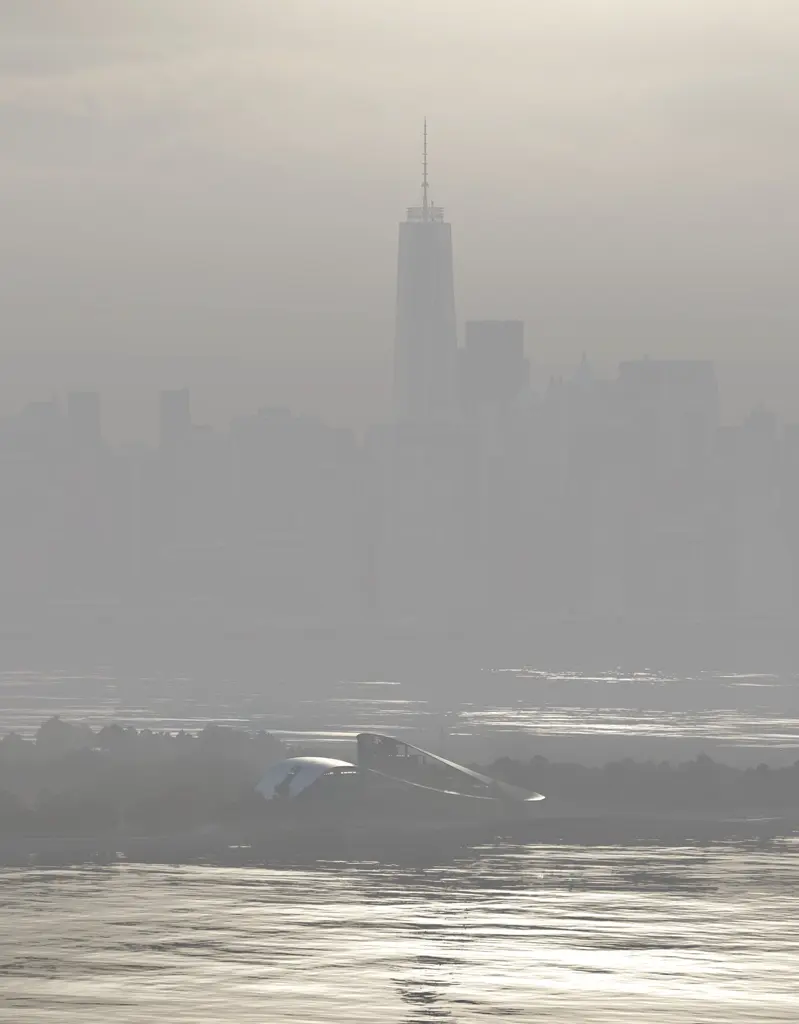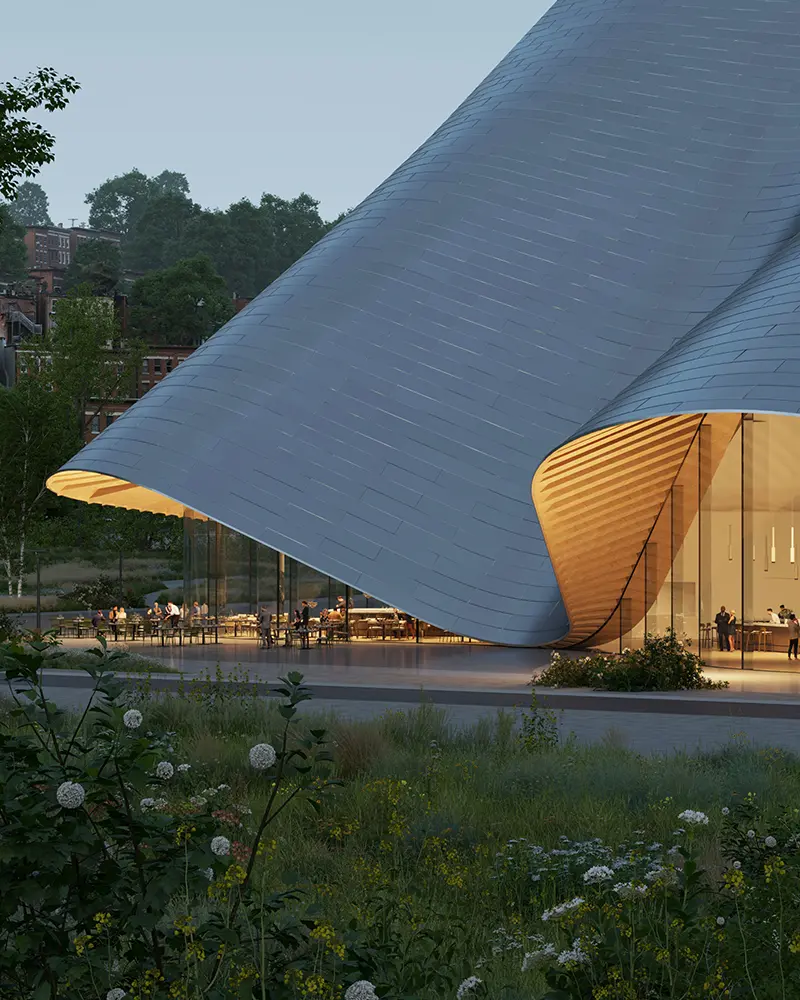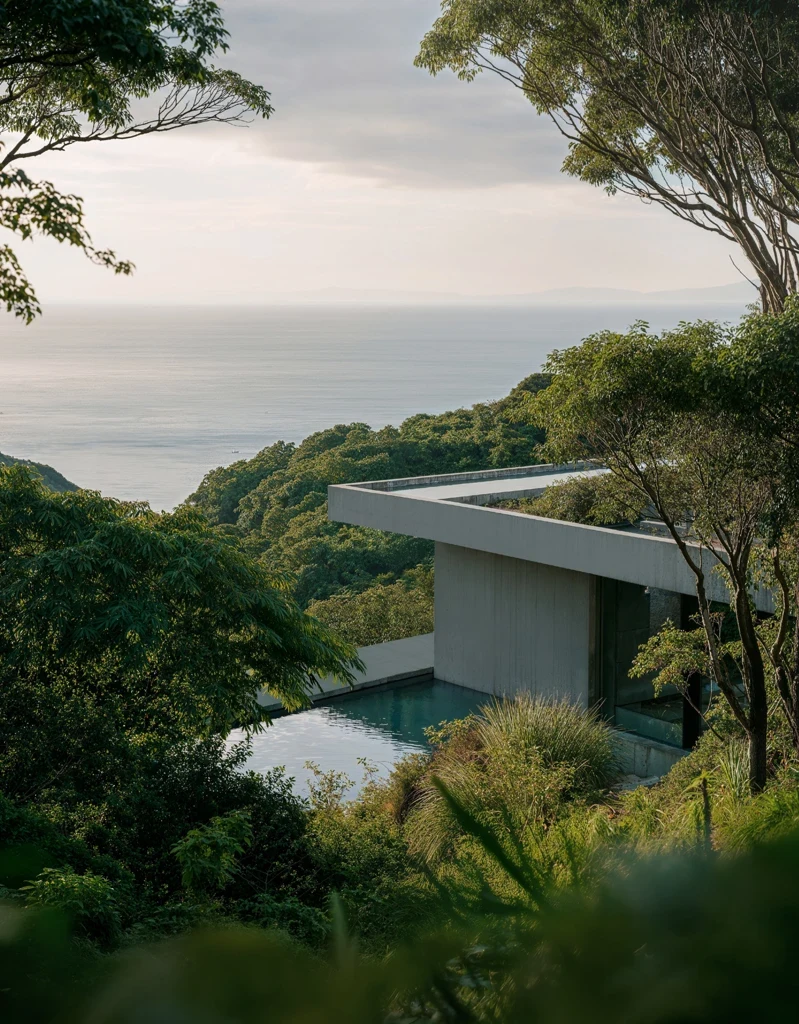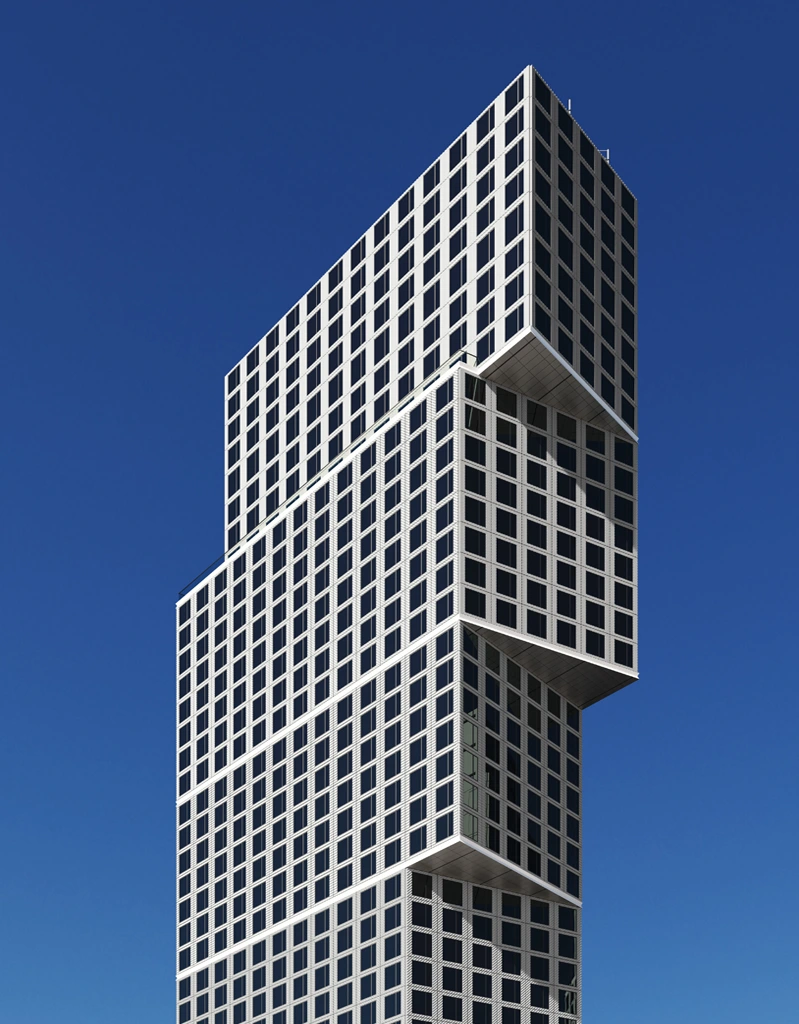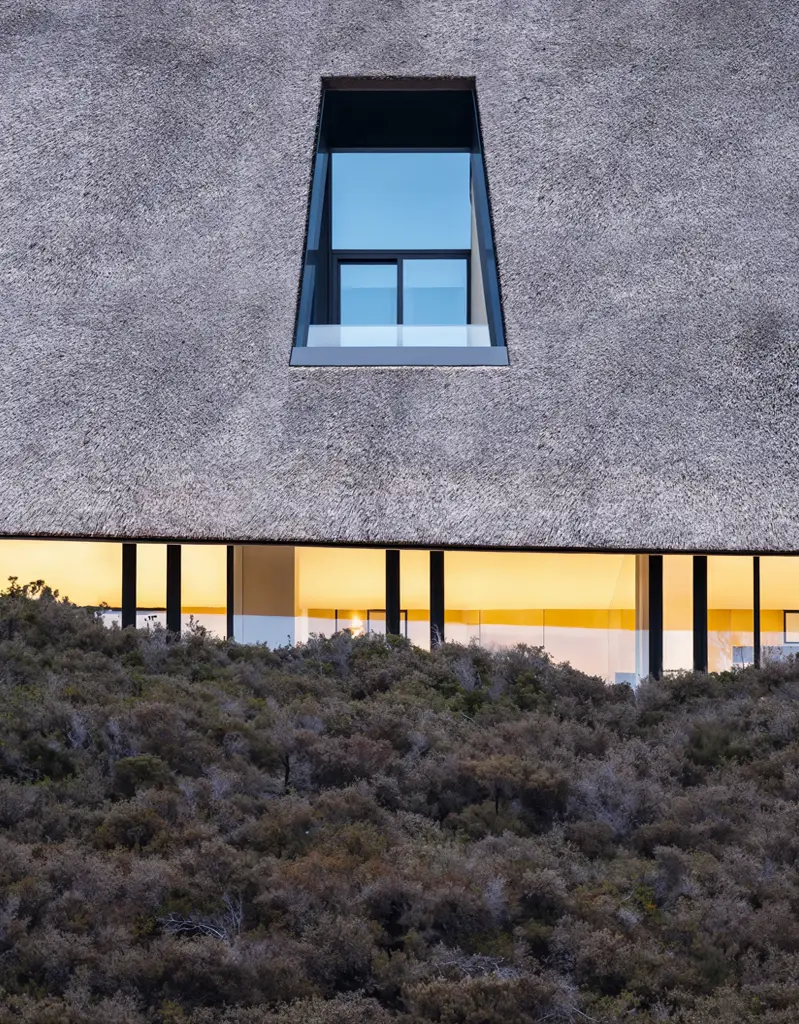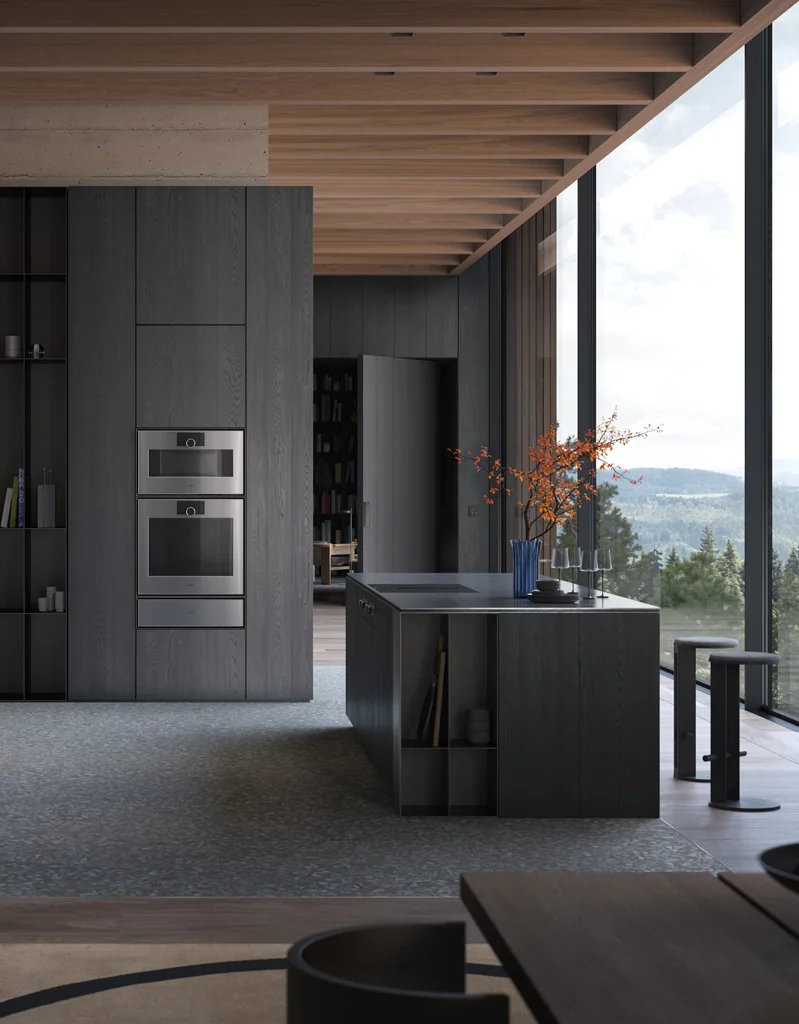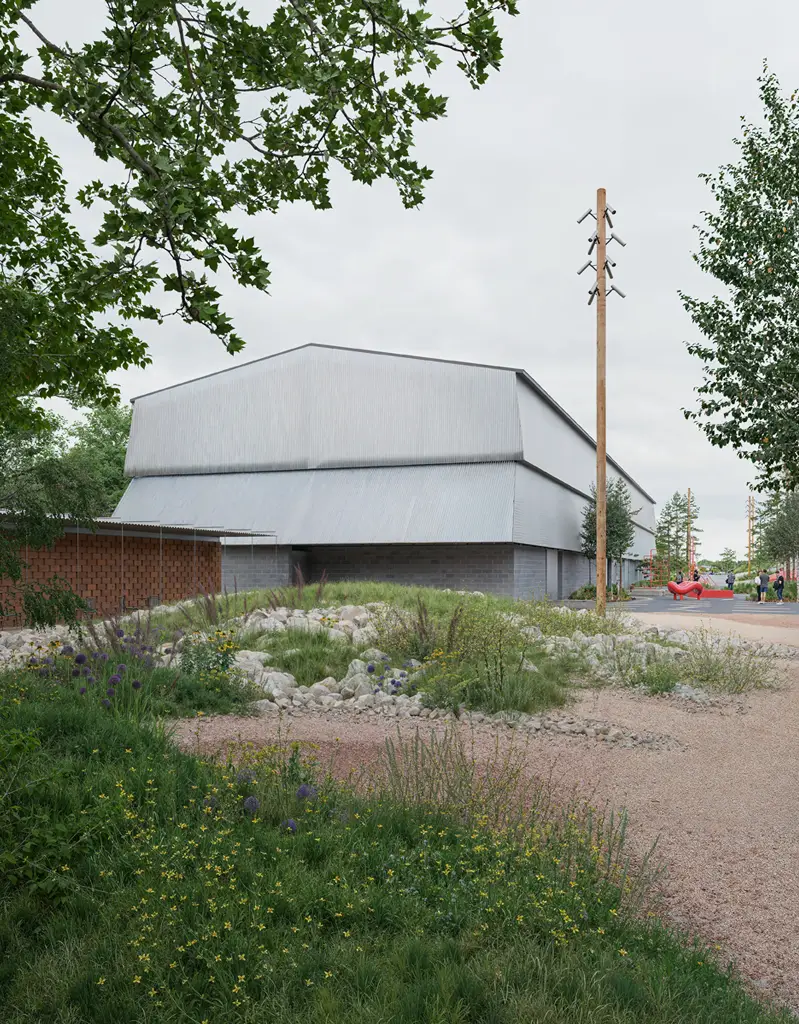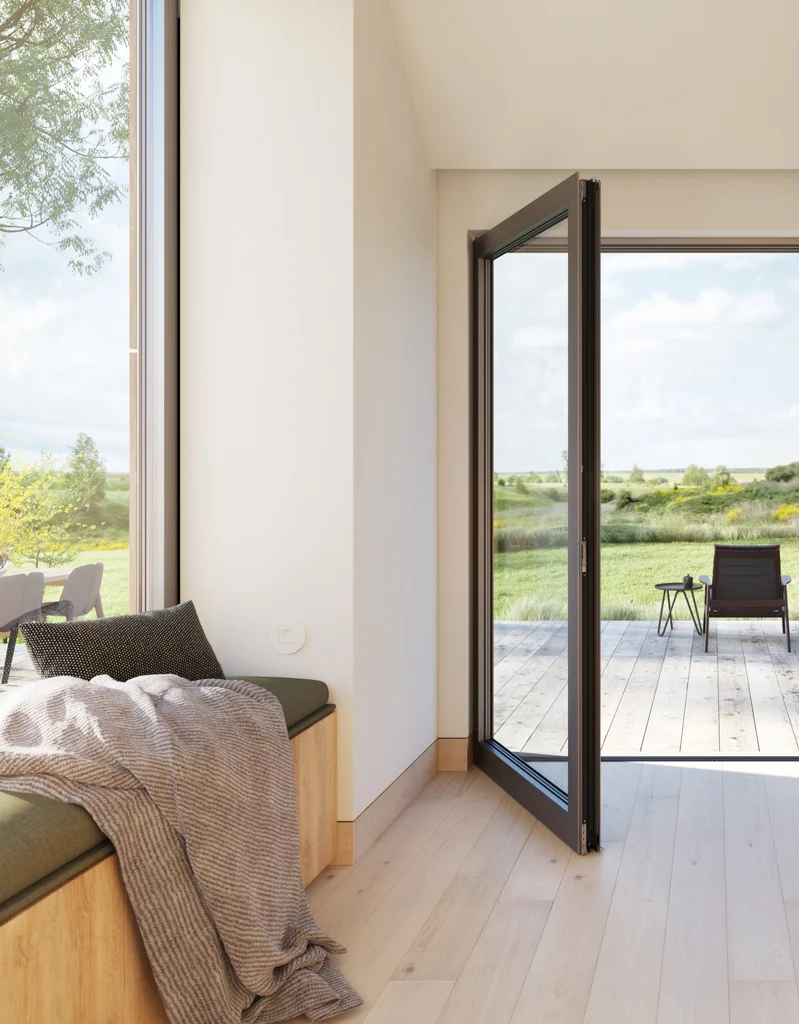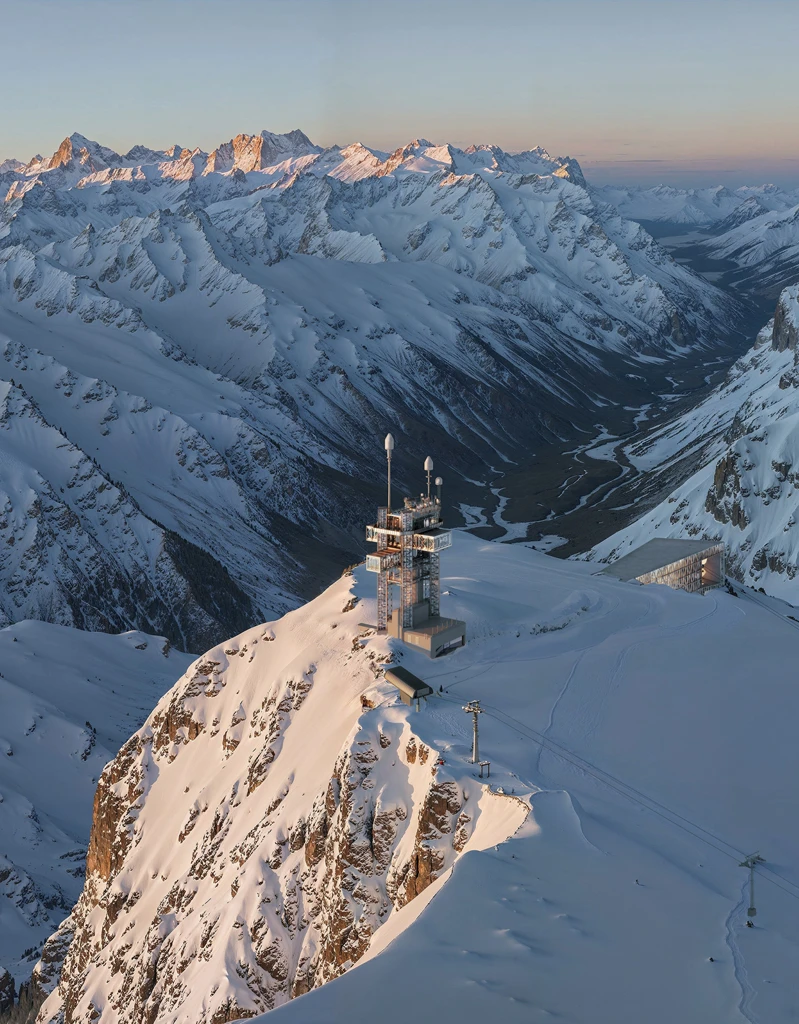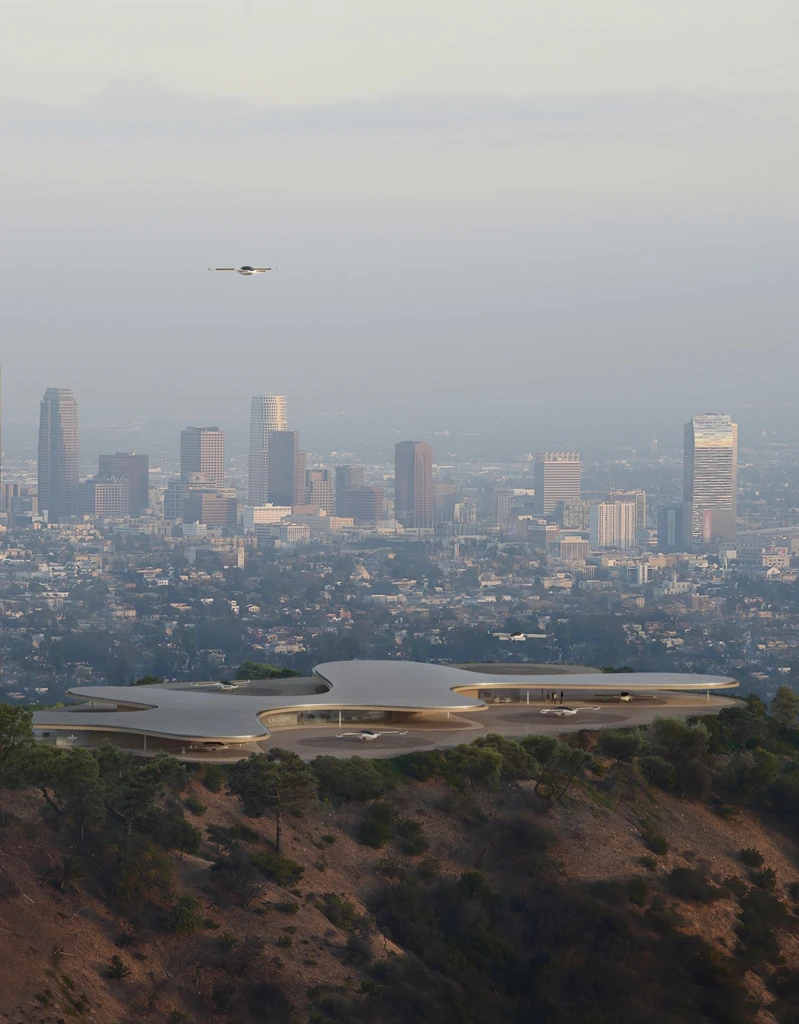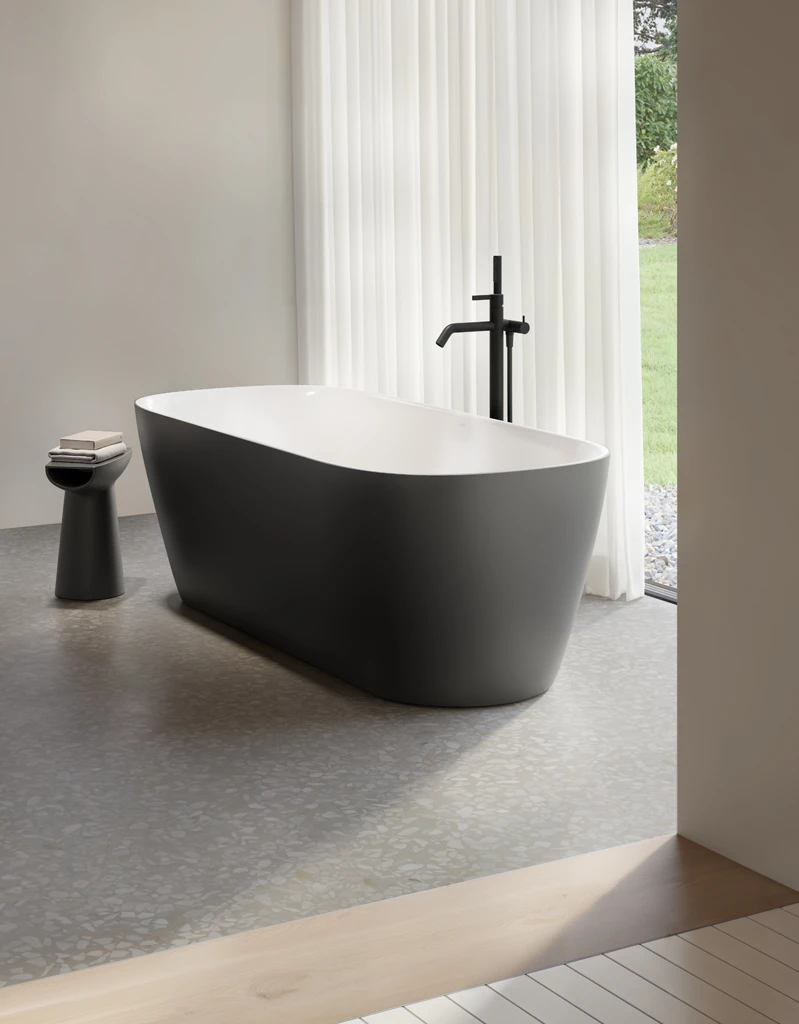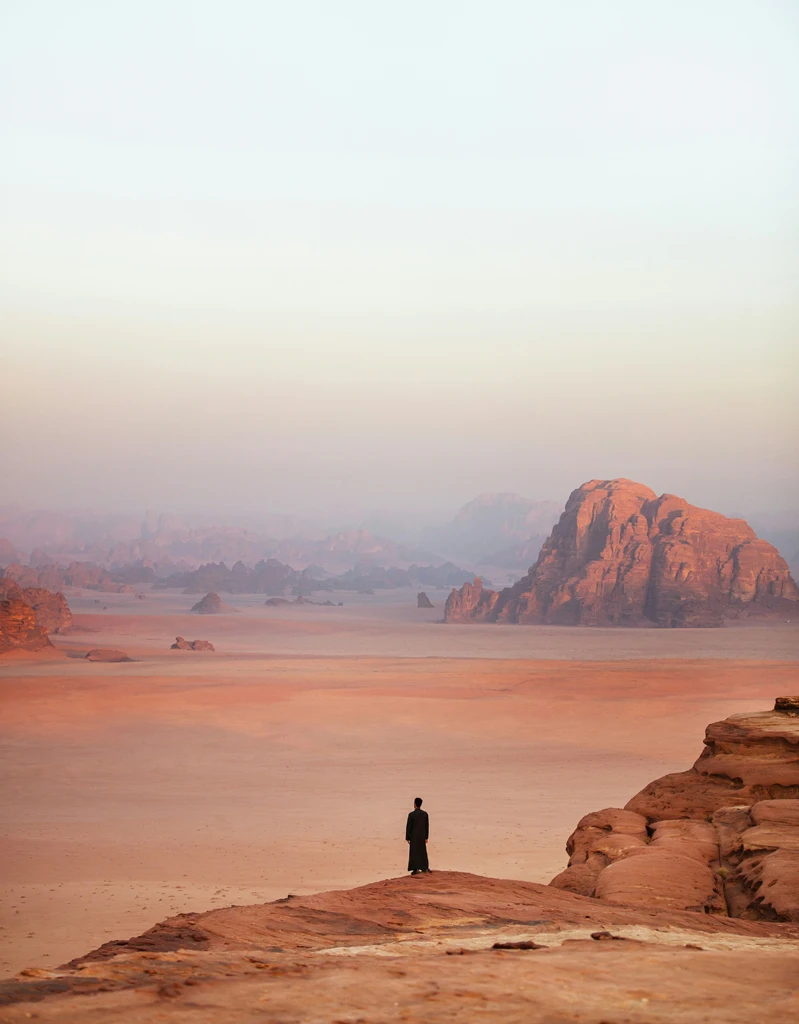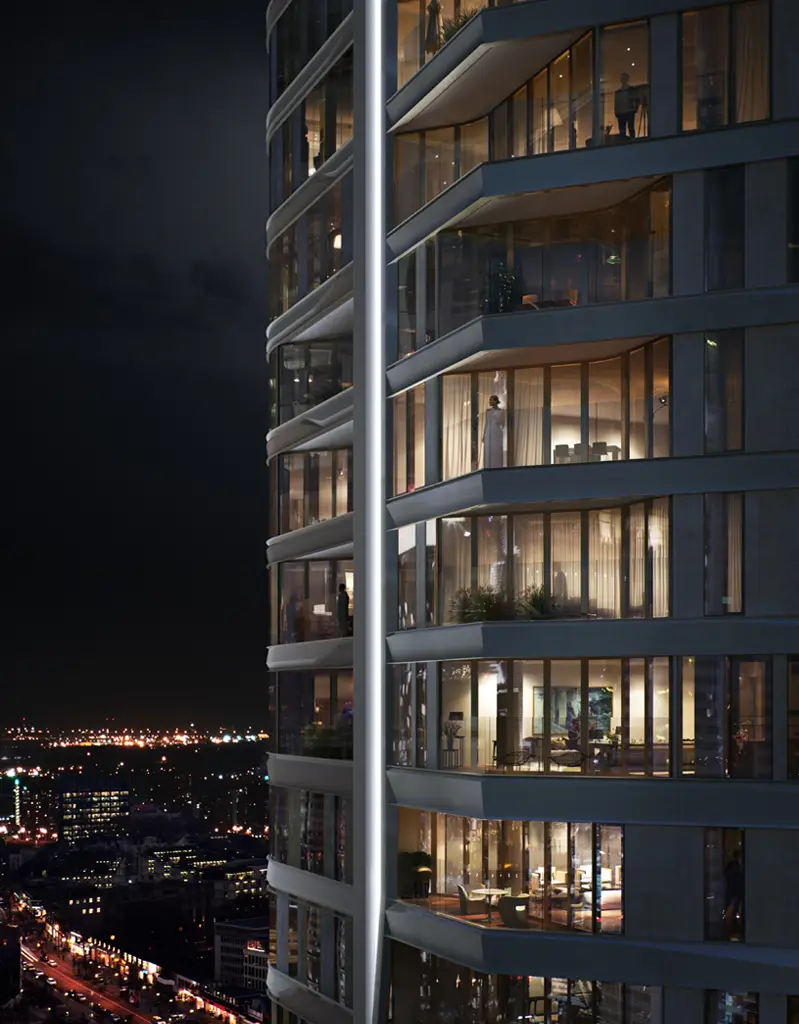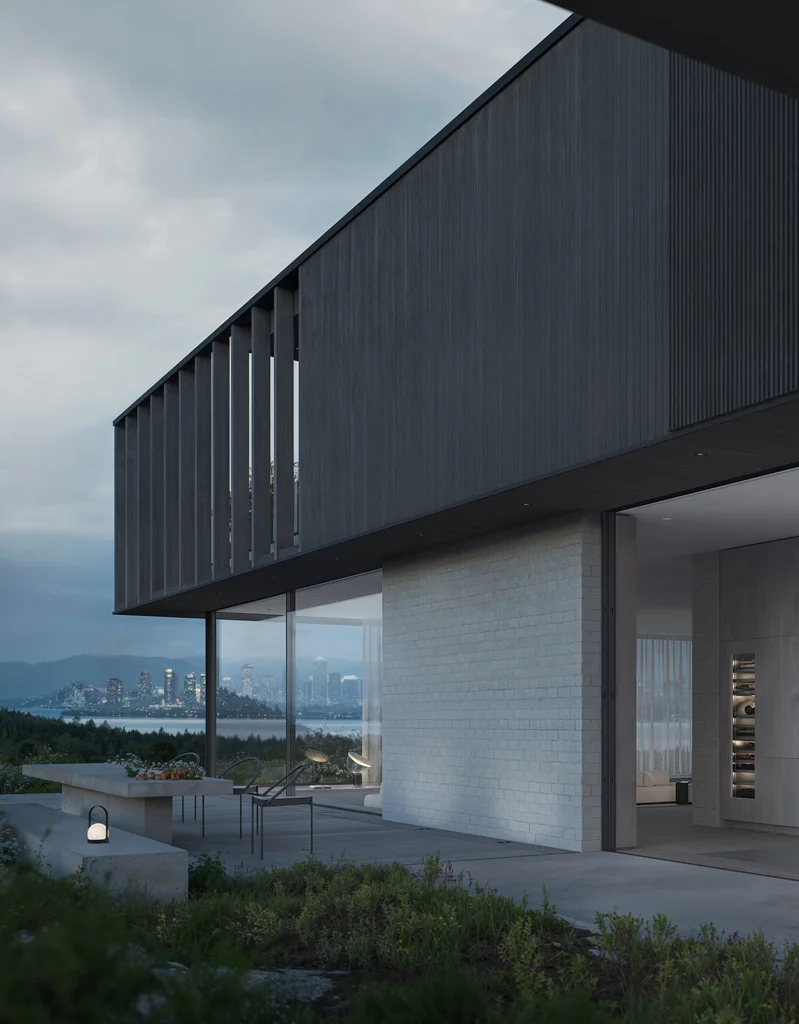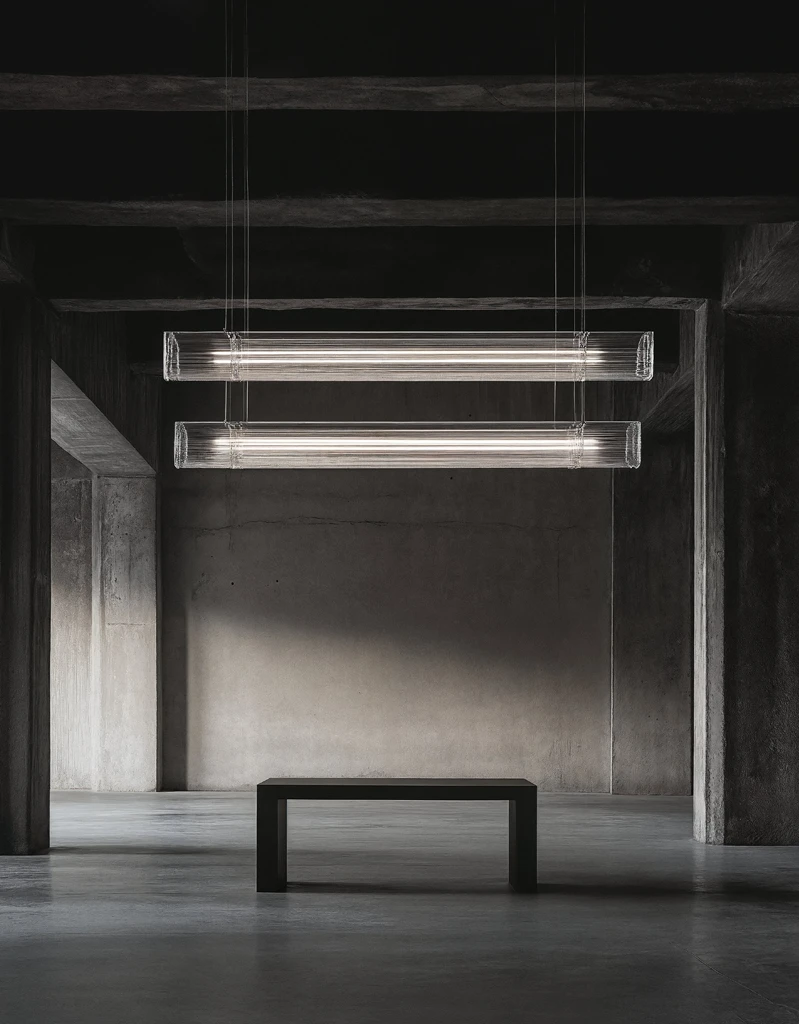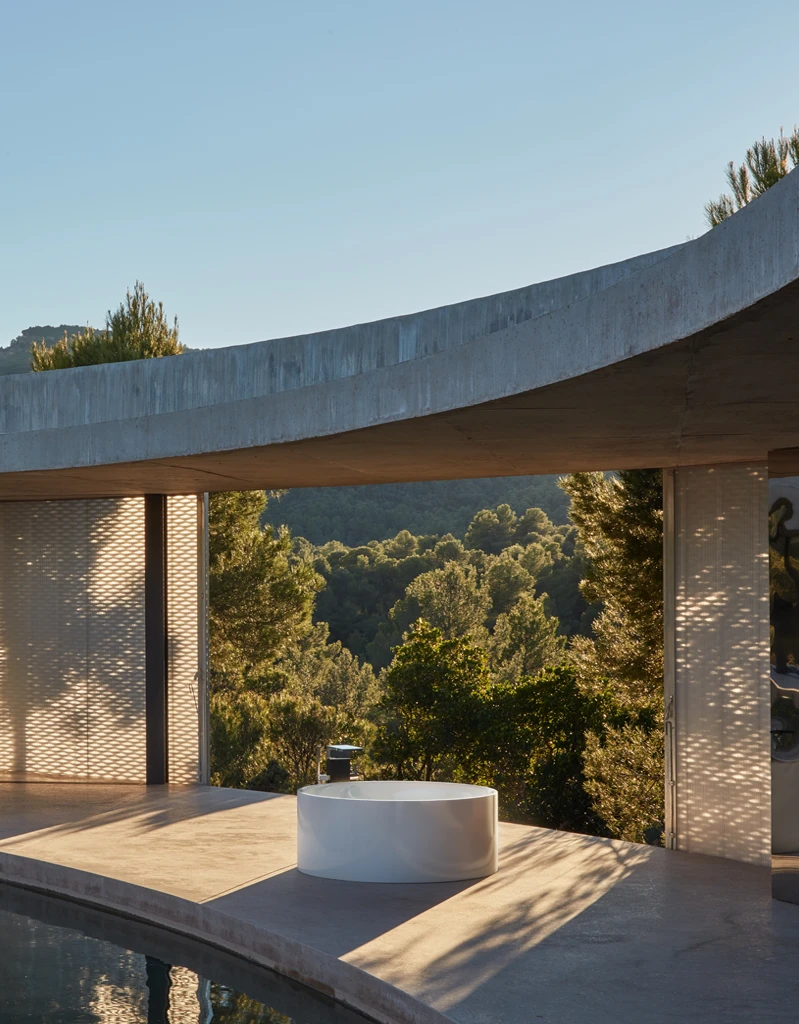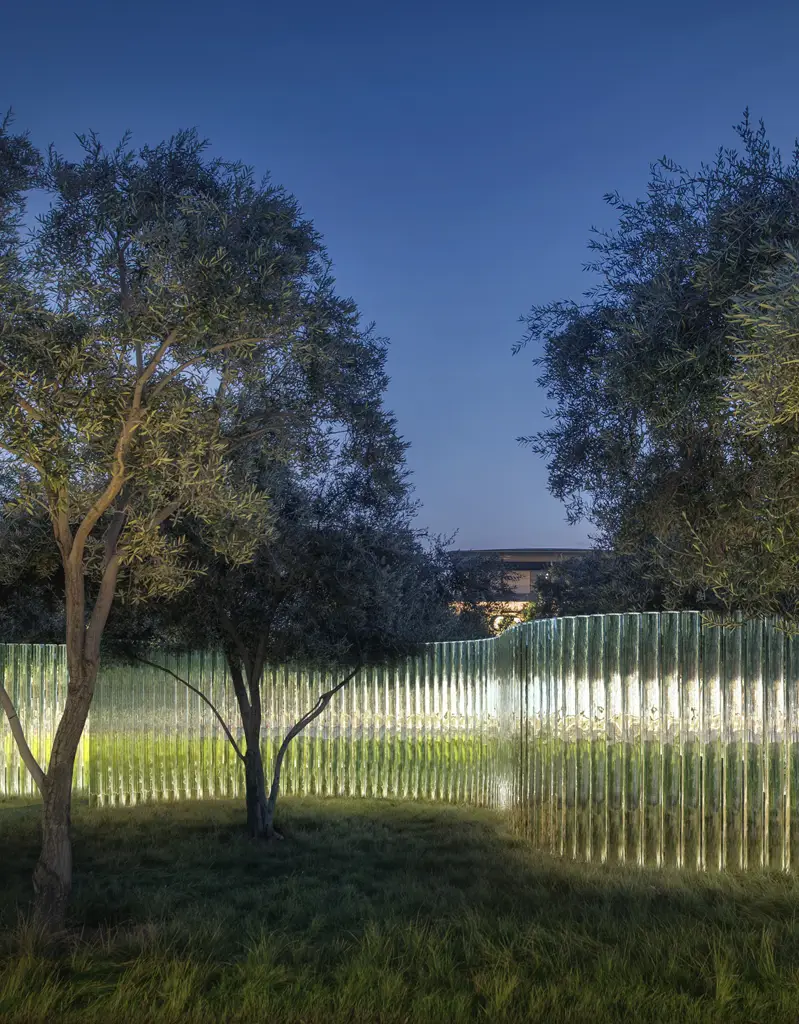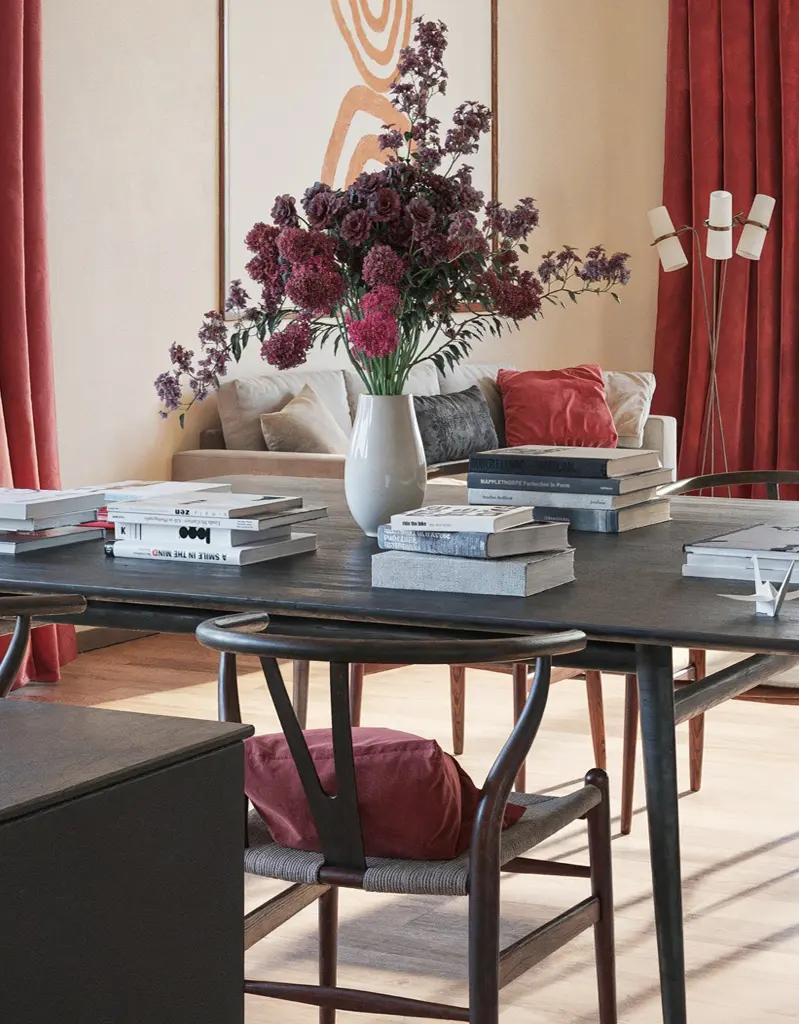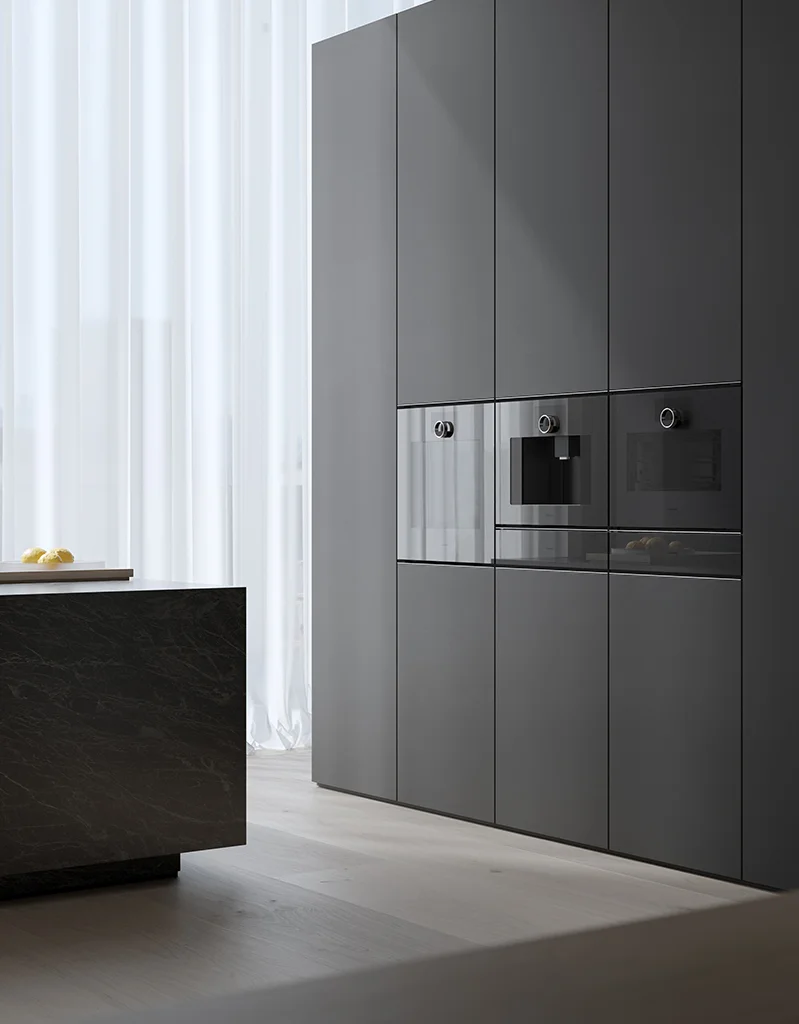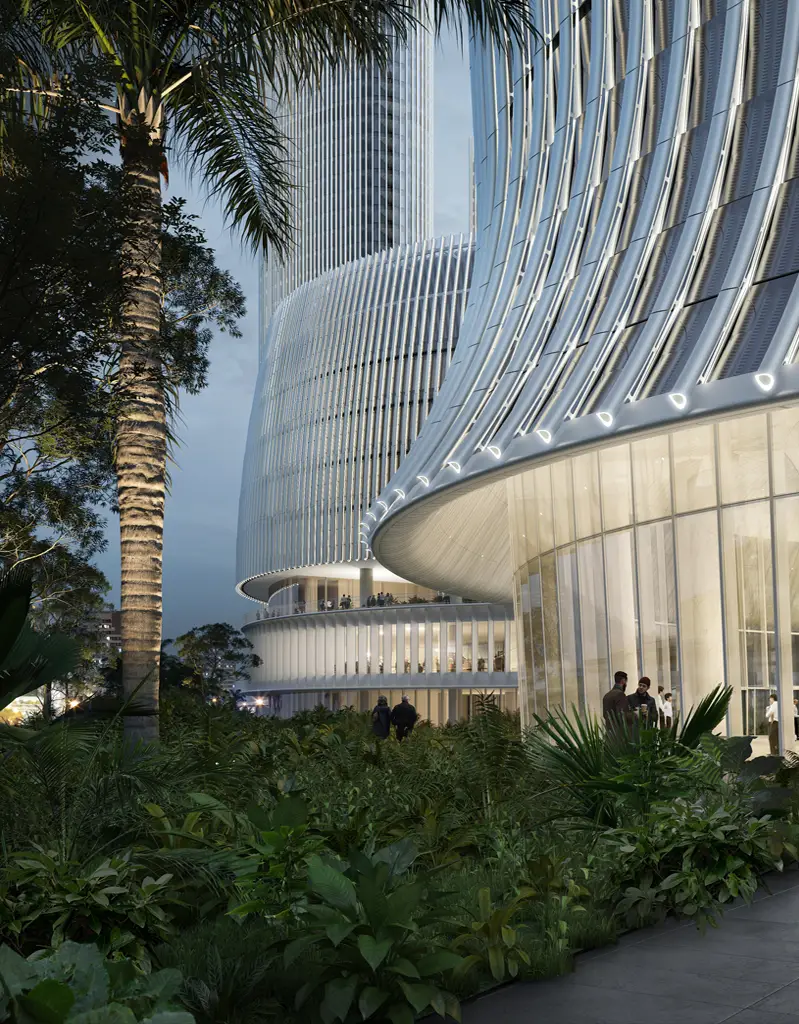
snow
Lighting conditions
Lighting is a tool for shaping mood, focus, and narrative in architectural visualization. Each lighting condition tells a different story. Whether soft or sharp, dramatic or understated, the light changes how we read a space and what we feel about it. This series explores six essential lighting types, offering a close look at how each one can be used to support design intent and create compelling, believable images.
Winter / snow
Winter lighting is full of potential. Snow or frost can flatten the landscape into near-monochrome, giving architecture a stark contrast against the environment. Any warmth—like the yellow of interior lights—becomes a focal point, drawing attention to areas of shelter and activity. These scenes can feel peaceful or foreboding, depending on how they’re treated. Long shadows, muted skies, and visible breath in the air can all add atmosphere. Fewer colors, less movement, and quiet surfaces allow for striking compositions that feel deliberate and restrained. When done right, winter scenes leave a strong impression—precise, grounded, and emotionally resonant.
Winter lighting is full of potential. Snow or frost can flatten the landscape into near-monochrome, giving architecture a stark contrast against the environment. Any warmth—like the yellow of interior lights—becomes a focal point, drawing attention to areas of shelter and activity. These scenes can feel peaceful or foreboding, depending on how they’re treated.













